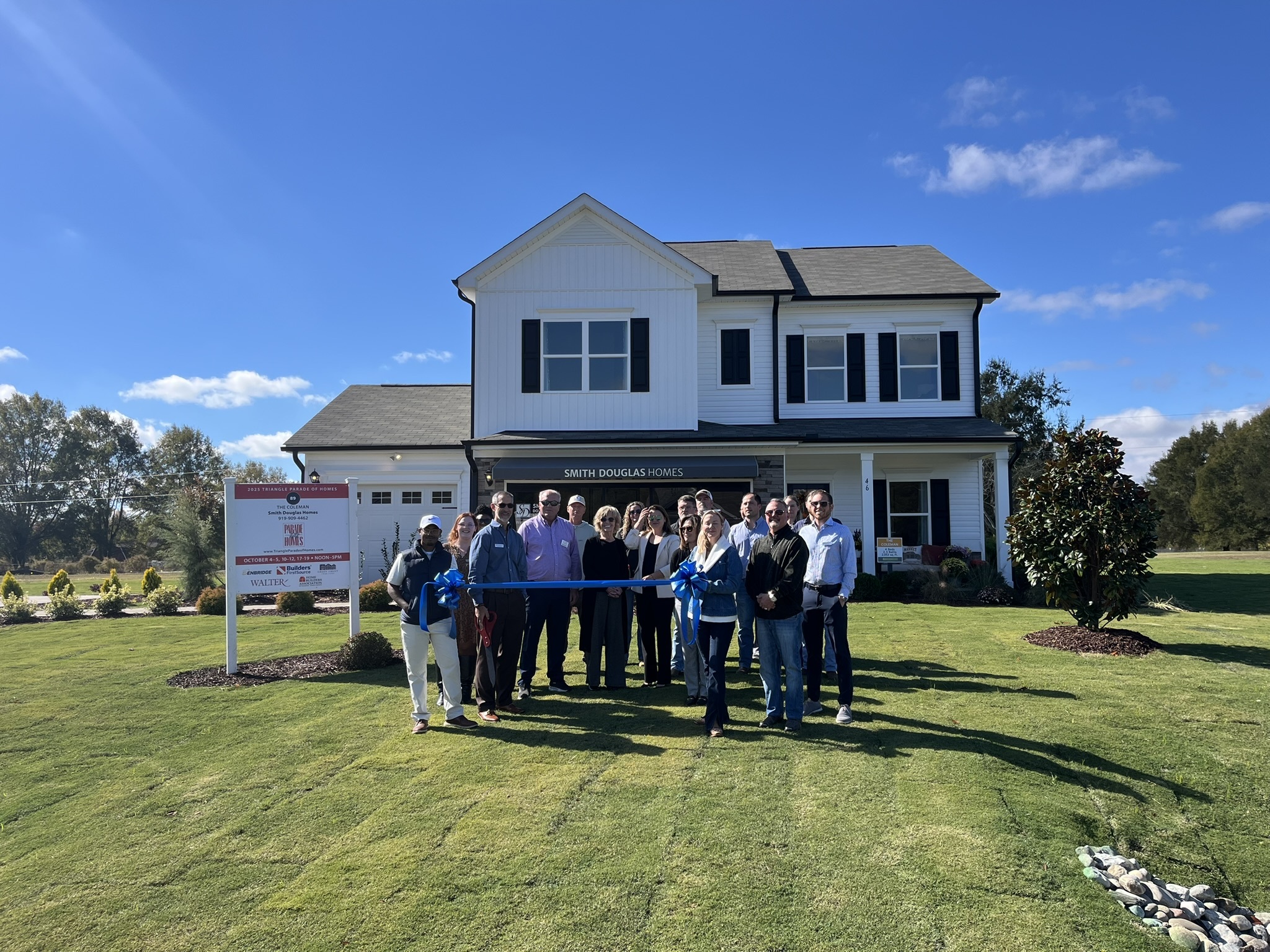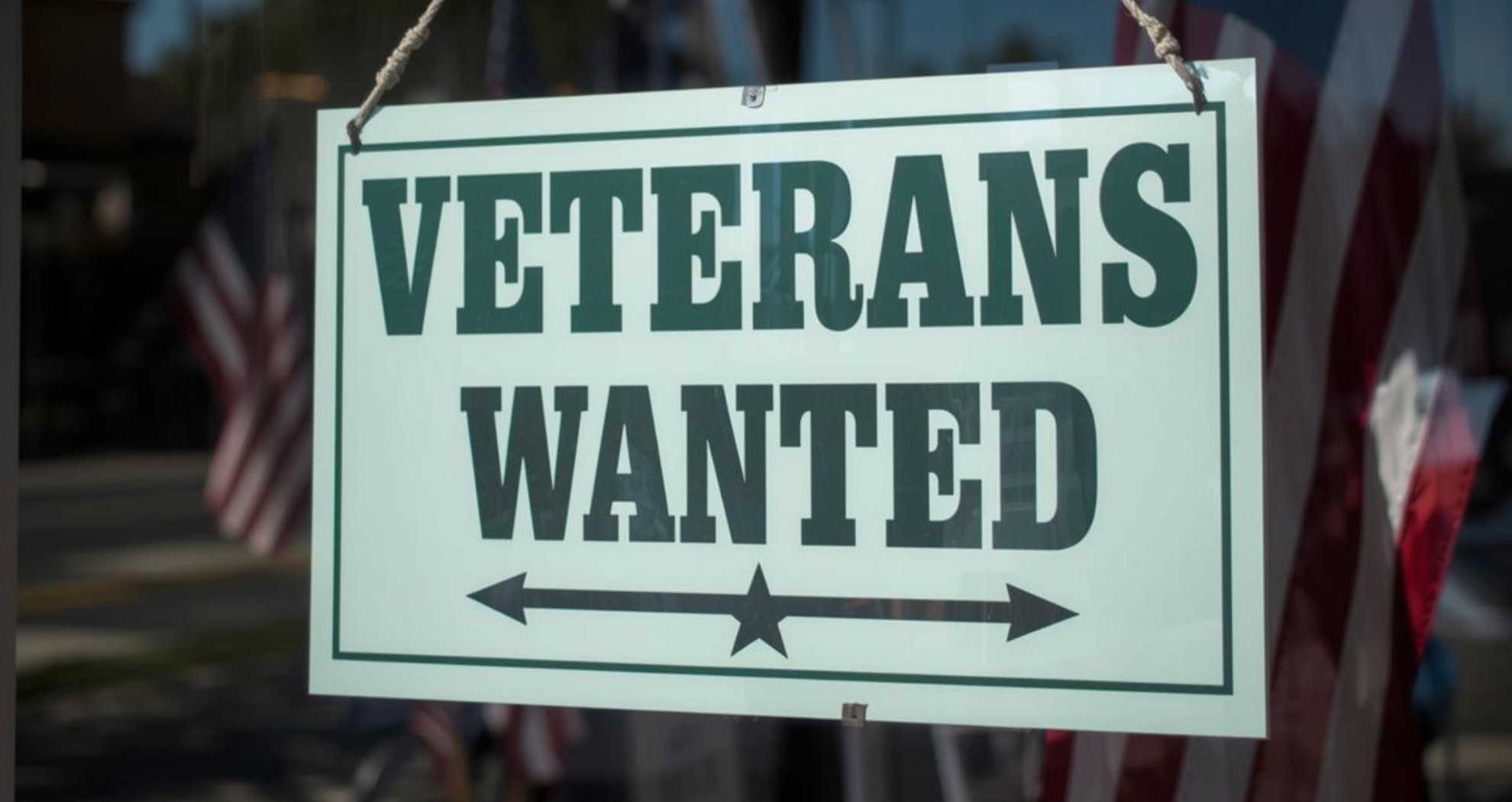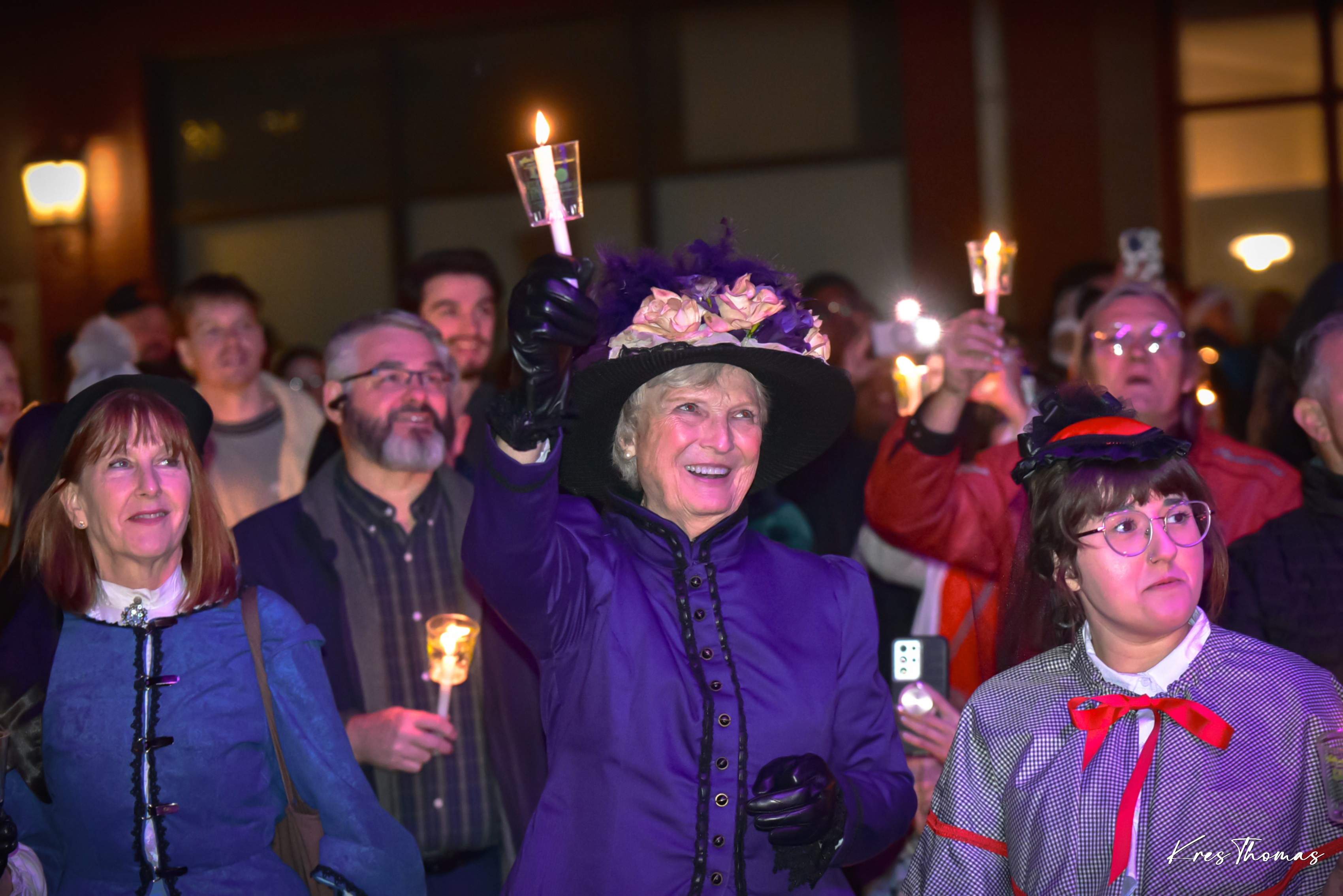
Building a company from the ground up is no easy task. Whether you’re operating as a solo entrepreneur or a team of 10 with years of experience in the industry, it’s a challenge to manage the costs, the paperwork, and the production of goods or services. Programs such as the Small Business Innovation Research Program and the Small Business Technology Transfer exist to assist small businesses by giving them the boost they need to succeed.
The purpose of both SBIR and STTR programs is for small businesses to receive extra help in the form of federal grant funds. John Hardin, executive director of the Office of Science Technology & Innovation explained to Greater Fayetteville Business Journal that the main distinction between the two programs is that the STTR program requires companies to collaborate with a nonprofit research institution. When deciding which program to apply to, a company must consider whether they need to work with nonprofit research institutions or not.
The North Carolina Defense Innovation Task Force published a report earlier this year discussing programs in place to advance defense innovation. In their report, they stated that the Department of Defense has the largest budget for SBIR/STTR programs, and that $1.8 billion were awarded in funding from the Department of Defense during the year of 2019.
According to the North Carolina Military Business Center, there are 12 federal agencies that participate in the SBIR program. Hardin confirmed that a subset of five of those 12 also participate in the STTR program.
Fort Bragg is the largest military installation by population; however, the SBIR and STTR programs often remain an untapped resource within the counties in the Greater Fayetteville Business Journal’s coverage area.
Both programs are structured into a three phase system. The Small Business and Technology Development Center provided a breakdown of each of these phases on their website:
PHASE I functions to analyze the logistics of the proposed research and development efforts and to assess the quality of performance of the awardee organization. All judgments made help to determine whether or not an awardee moves forward to Phase II. SBIR Phase I awards do not typically exceed $150,000 in expenses for six months. STTR Phase I awards do not typically exceed $100,000 in expenses for one year.
PHASE II functions as a continuation of the research and development efforts started in Phase I. The results of Phase I and the assumed potential for the project influence the amount of funding allocated during this second phase. Phase II awards are only available to Phase I awardees. SBIR Phase II awards do not typically exceed $1,000,000 in expenses for two years. STTR Phase II awards do not typically exceed $750,000 in expenses for two years.
PHASE III does not include funding for the small business. In this phase, the small business may pursue commercialization objectives that align with the growth made during the first two phases.
Hardin provided an in-depth overview of the two programs the state has curated to encourage and assist small businesses. The two components to the state program are the matching program and the incentive program.
The matching program was started in 2006 and it provides matching funds to companies in the state that have won phase I SBIR or STTR awards. Up until 2021, the program allowed for matching up to $100,000. In 2021, a change was made to the legislation which allows for up to $200,000 in matching funds.
Additionally, a change was made to the number of times a company could benefit from this program. From 2006 to 2021 a company was eligible to receive only one of these matching grants per year and a maximum of five during their lifetime. Beginning in 2021, the program has become more generous and companies can now receive up to two matching grants per year and a maximum of 10 over their lifetime.
The incentive program offers companies reimbursement for a portion of the expenses they incur when they’re applying for the federal grants. Hardin explained why the incentive program is so valuable: “... the federal grants are very cumbersome to apply for because they’re very detailed, very scientific and business oriented and so companies often rack up a lot of expenses in the process of applying, so much so that some of them don’t apply because its going to be too expensive. So if we can help offset some of the costs we can help increase the number of companies that actually do apply.”
During the first trial of the incentive program the maximum amount of grant money that could be given was $3,000. The program only ran this way for two years. The 2021 legislation raised the cap and allowed the program to be reborn. The new regulations were constructed to benefit rural counties and more economically distressed counties. The new maximum is now $12,000 for the 80 counties considered more economically distressed. The 20 more economically prosperous counties are eligible for up to $6,000.
Hardin presented data regarding the number of recipients of these federal funds across both the state of North Carolina and the counties covered by GFBJ:
“Since 1982, 11 Phase I SBIR/ STTR awards have been awarded to small businesses located in the counties in your coverage area. This represents .4 percent (less than 1 percent) of the more than 2,500 Phase I SBIR/STTR awards to NC small businesses during that time period.”
Fortunately, the state programs and the new legislation surrounding them which offers greater help to businesses in rural and less profitable areas, are proving to be successful.
“...during the most recent (NC Fiscal Year 2022) solicitation of the One NC Small Business Program, the NC Board of Science, Technology & Innovation awarded two One NC Small Business Program Incentive grants to small businesses located in the counties in your coverage area,” said Hardin. This represents 4 percent of the 50 Incentive grants awarded to NC small businesses during the most recent One NC Small Business Incentive Program solicitation. This is consistent with the goal of the Incentive Program, which is to increase the number, quality, company/technology diversity, and geographic breadth of NC applications for SBIR and STTR Phase I awards,” he added.
Looking forward, Hardin shared that the NC Board of Science, Technology & Innovation will begin offering a series of Education & Outreach seminars to help improve the quality of SBIR & STTR applications by inexperienced North Carolina-based applicants to these programs in the hopes that this will increase the number of grants received by such businesses.
Hardin emphasizes that the goal of this effort is to increase the number and quality of SBIR & STTR Phase I proposals and number of awards to NC applicants applying for the first or second time.

Smith Douglas Homes pictured with the The Lillington Area Chamber of Commerce at the grand opening of their new Reedy Branch community which took place in October. Photo provided by Smith Douglas Homes.A new residential community taking shape in Lill

Walsingham Group Inc., an organization federally recognized for its efforts and emphasis on hiring Veterans is partnering with local and national organizations to recruit, hire and retain Veteran talent. Photo generated using Canva AI.Walsingham Grou

Costumed actors will roam the streets, carriage rides will guide visitors throughout and the traditional candlelight processional and illumination ceremony will be included at this year’s A Dickens Holiday. Photo provided by A Dickens Holiday, taken